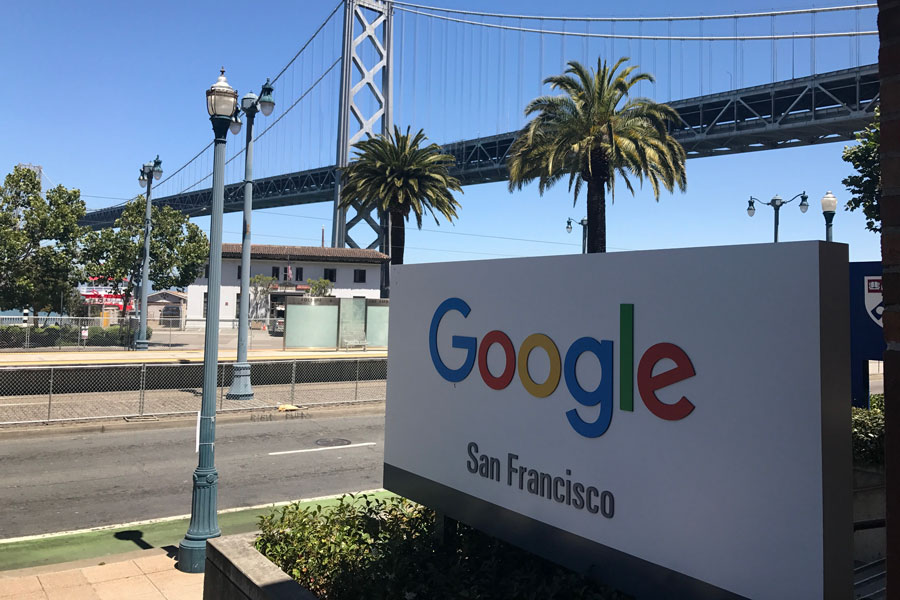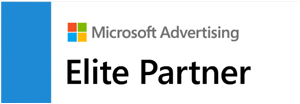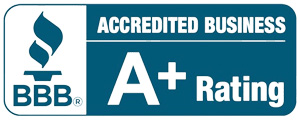
WEST PALM BEACH, FL – If you’re a business owner or digital marketer trying to stay competitive online, April 2025 brought some major shifts from Google that you need to understand. From core updates to AI-generated content guidelines, here’s what’s changing and how it might affect your rankings, ad performance, and content strategy.
1. March 2025 Core Algorithm Update Is Now Complete
Google’s March 2025 Core Update, which began on March 13 and concluded at the end of March, is now fully rolled out. The update focused on surfacing more helpful, satisfying content while demoting thin or low-value content – especially AI-generated filler content.
What it means for you:
If you saw a drop in traffic or keyword rankings in April, this update is likely the cause. Unlike previous updates, this one took direct aim at over-optimized and mass-produced content, including overly “SEO’d” blog posts or AI content with no human input.
Our take at SEARCHEN:
Focus on quality over quantity. Human-edited, experience-based content will always win. If your site was hit, don’t panic. Refine your top pages with clear takeaways, real-world examples, and fresh value – this update was designed to reward that kind of effort.
2. Google’s AI Overviews Are Hurting Click-Through Rates
Google’s experimental AI Overviews (summarized content boxes generated by Gemini) have shown a 34% drop in CTR for some top-ranking organic results. Why? Because users are getting answers without ever clicking a result.
What it means for you:
If your site relies heavily on answering quick questions (like FAQs or definition-style content), you may lose traffic even if you rank #1.
Our take at SEARCHEN:
To counter this, optimize your content to go beyond the AI summary. Offer depth and actionable insight AI can’t replicate. Include downloadable assets, videos, or original research to give users a reason to click and engage.
3. Google’s Quality Raters Are Evaluating AI-Generated Content
For the first time, Google’s human quality raters are now formally asked to identify content that appears fully AI-generated. Pages with little to no human input may be flagged as low-quality – regardless of whether the content is factually accurate.
What it means for you:
Simply pumping out AI blog posts isn’t enough anymore. Google is actively seeking signals of human creativity, perspective, and originality.
Our take at SEARCHEN:
AI is a tool, not a substitute. We recommend using it to draft and gather ideas, but always edit, enhance, and add insight from your real experience. Your expertise is what differentiates content and builds trust.
4. Significant Ranking Volatility in April
Several major surges in volatility were recorded throughout April, especially on the 2nd, 9th, 16th, and 22nd. While Google didn’t confirm new updates after the March core rollout, ranking tools show sustained fluctuations across local SEO, e-commerce, and news content.
What it means for you:
Even if you weren’t directly hit by the core update, smaller unannounced updates or data refreshes might be moving things behind the scenes.
Our take at SEARCHEN:
Keep monitoring your rankings daily, not just weekly. Use the volatility as an opportunity to improve underperforming pages and double down on what’s working.
5. Google Faces Antitrust Complaint Over “Parasite SEO” Penalties
A German media company filed a formal complaint with the EU accusing Google of unfairly penalizing news outlets under its updated spam policies. The issue? Google’s stance on “parasite SEO” (e.g., renting subdomains on high-authority sites to rank quickly) may now be overreaching and affecting legitimate publishers.
What it means for you:
If you’re using subdomain or third-party domain strategies, tread carefully – Google may treat them as manipulative even if they’re legitimate.
Our take at SEARCHEN:
Build authority on your own domain whenever possible. Rented traffic is risky long-term, and we expect more penalties (or filters) to target this tactic in the future.










